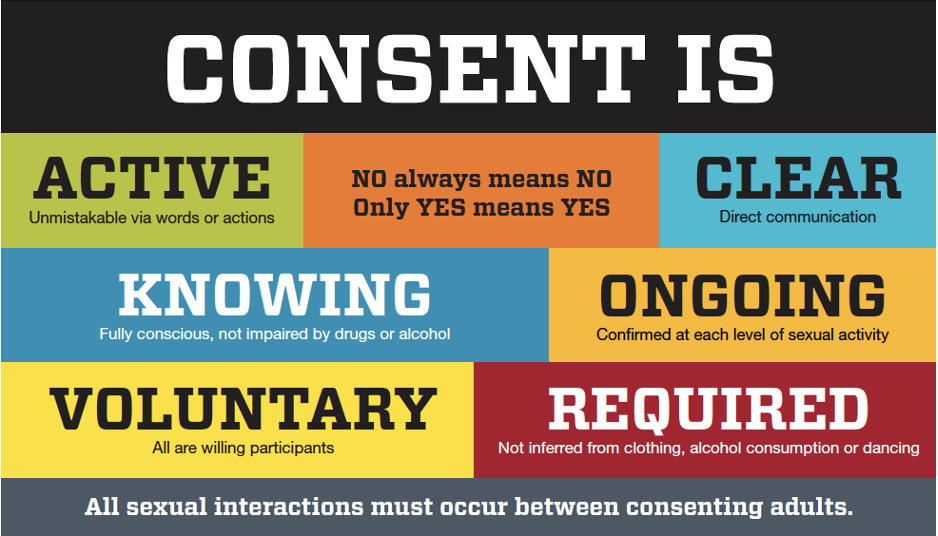"It isn’t just those at the lowest ends of the economic spectrum who are suffering; many people who never thought they would need to turn to a food bank are walking through our doors for the first time."
By Julia Smith, General Member
For many, the holidays are when families and friends gather for a beautiful meal. Still, for those plagued with food insecurity and inadequate or insecure access to food due to financial constraints, this reality is far from the truth. Food insecurity is a severe public health problem, especially during the pandemic and post-pandemic, with the extreme rise in grocery prices. Many families wanting to make their family’s holiday season magical end up with an enormous economic burden during the holidays. As a result, stress related to food insecurity is common during this time of year, which can get in the way of enjoying the holiday season.
Food insecurity around the holidays is not as simple as being unable to afford a plentiful holiday feast; its impacts are more extreme. During the school year, most publicly funded schools in Canada offer a school breakfast program that provides children with nutritious meals, and healthy snacks are often available throughout the day. When schools close for winter break, these meals disappear, which can add an extra financial burden on families. Many parents rely on these programs to provide for their children, resulting in families giving smaller portions and purchasing whatever foods they can afford, which are often highly processed and nutrient-deficient. Single-parent households struggle even more with this. Statistics Canada reports that 17.3 percent of food bank users in 2023 were single-parent households, and roughly one-third of food bank clients are children. As the cost-of-living crisis continues to increase and the prices of food continue to rise, more and more two-parent households are turning to food banks across Canada to help feed their families
With grocery prices rising this holiday season, food insecurity around the holidays is projected to increase (Statistics Canada), leaving more people relying on food banks and unable to have a “traditional” holiday meal. The price of chicken has more than doubled from .78 cents per pound last year to $1.64 per pound this year. This, coupled with the higher level of community need, which remains 50% to 70% higher than pre-pandemic levels, and about 30% of calls to the food bank’s emergency helpline are from first-time callers, is an immediate cry for concern, demanding attention.
What can you do to help?
Donating to your local food bank helps provide immediate relief to those in need in your community. Below are items that food banks would benefit from the most this holiday season, should you consider donating:
****Before donating, be sure to research your foodbank and see what their guidelines are, as some only accept non-perishable items ****
Whole-grain foods, like oatmeal, barley, high-fibre cereals or whole-grain pasta, contain fibre and are an excellent source of minerals like magnesium and iron. Food banks often use these items in their kitchens to create fresh and healthy meals.
Lean proteins from foods like canned tuna and chicken and plant-based proteins like peanut butter, beans, and lentils help maintain body tissue and are filling.
Canned fruit is another good option when you are thinking of donating. It is high in vitamin C and dietary fibre. Try to choose ones that are free of added salt and sugars.
Financial donations are a great way to help as well. Food banks can buy what they need during low donations by giving a monetary donation.
Although food insecurity around the holidays is a huge problem to tackle, with the help of all Canadians, we can help make the holidays better for those in need!






















